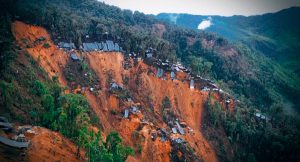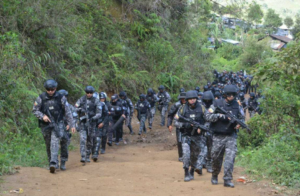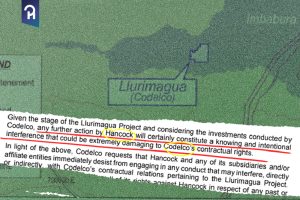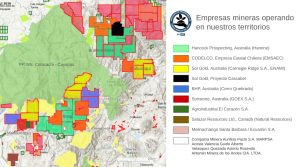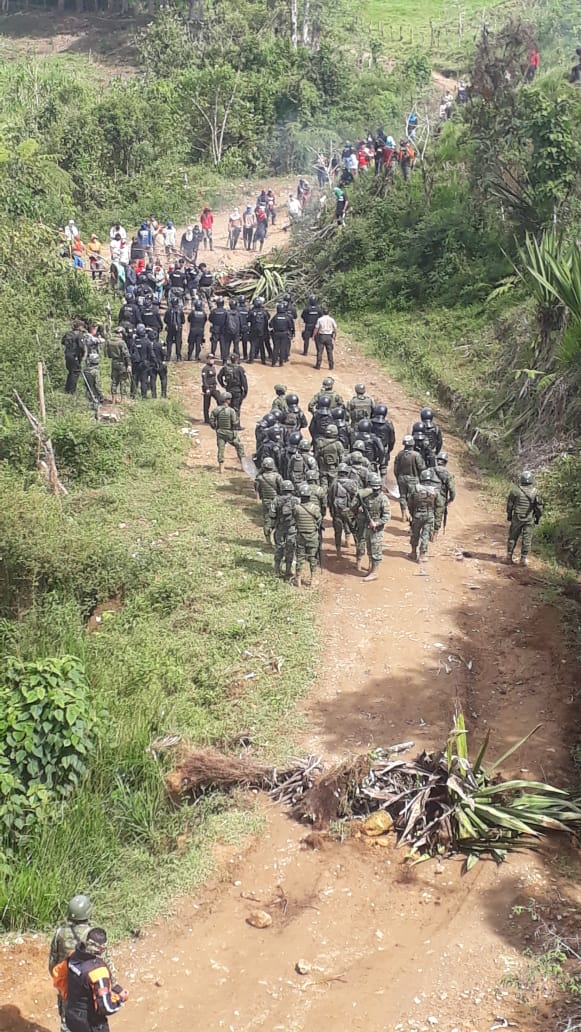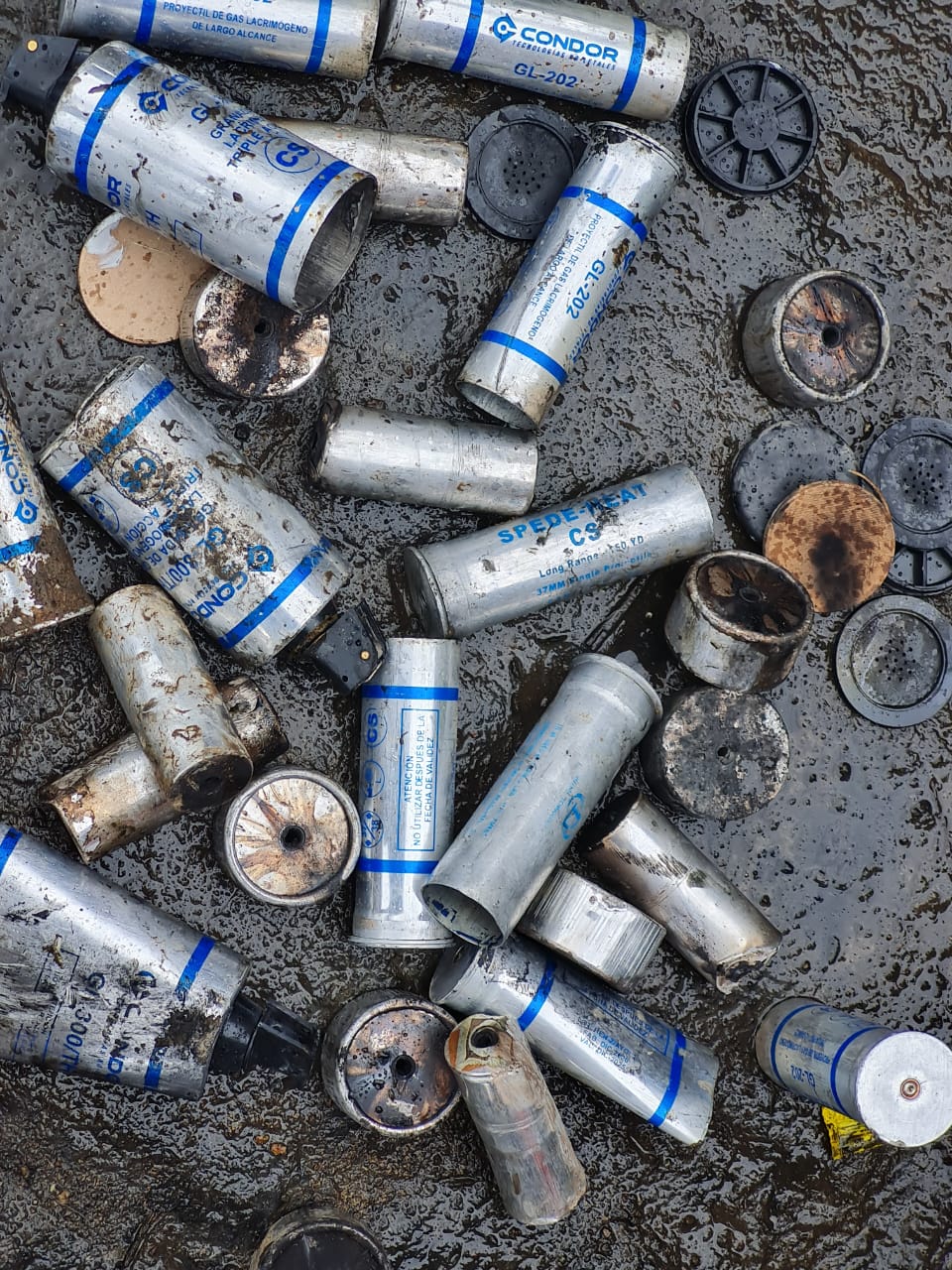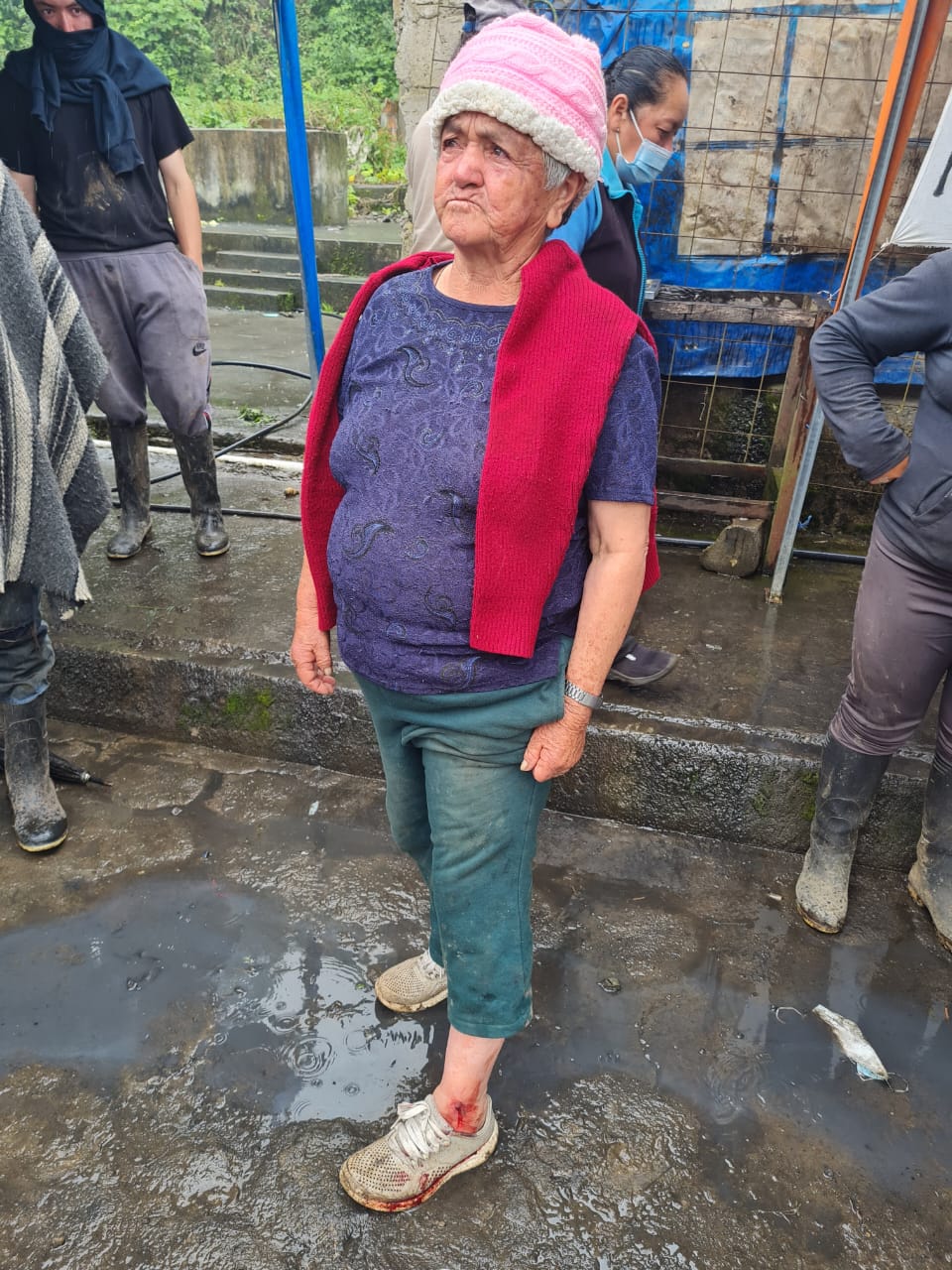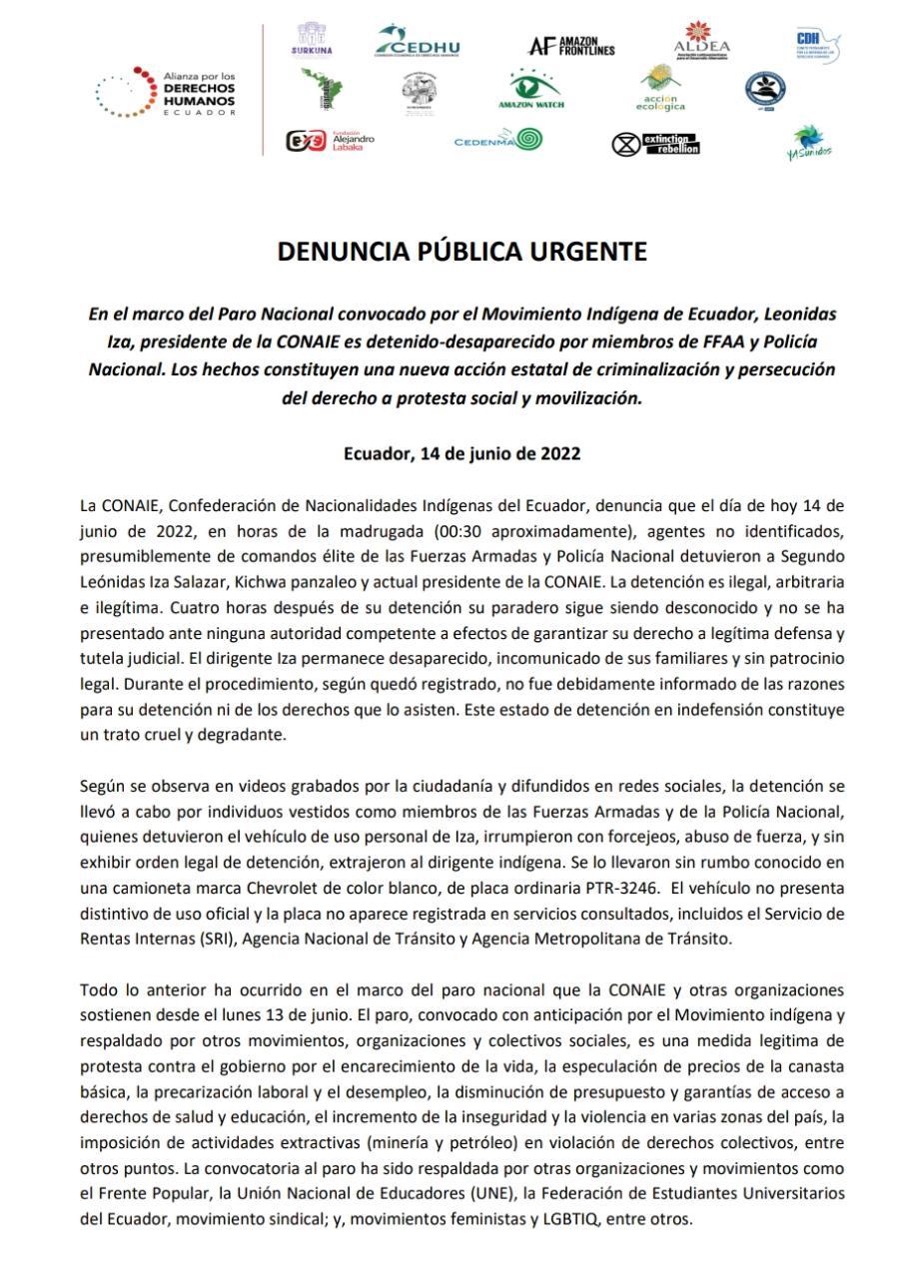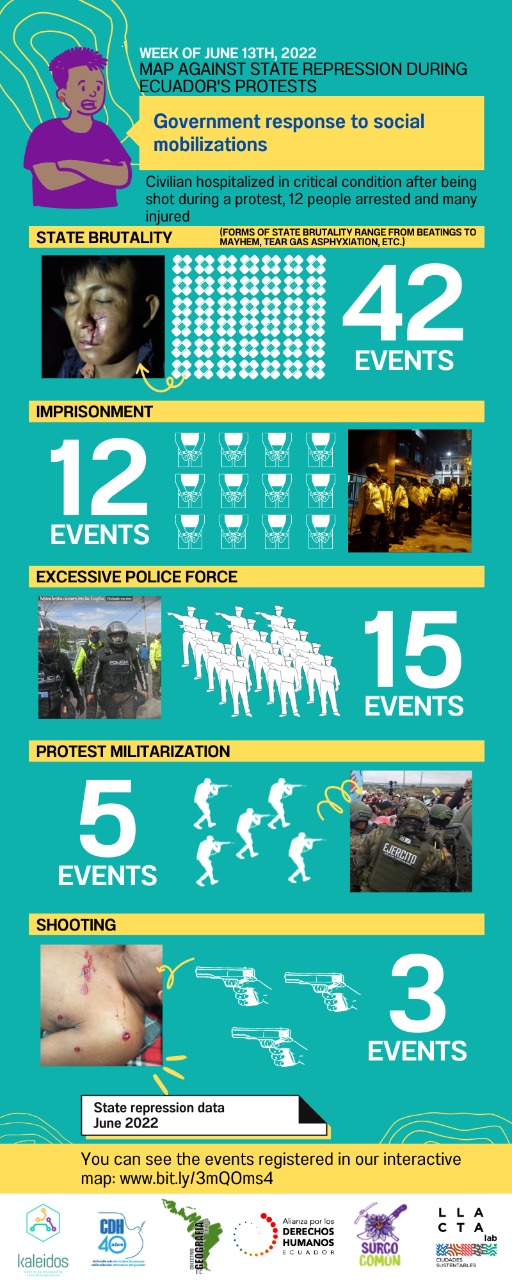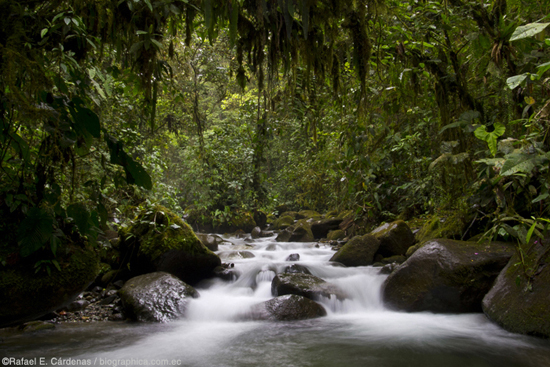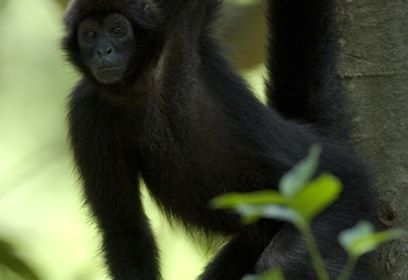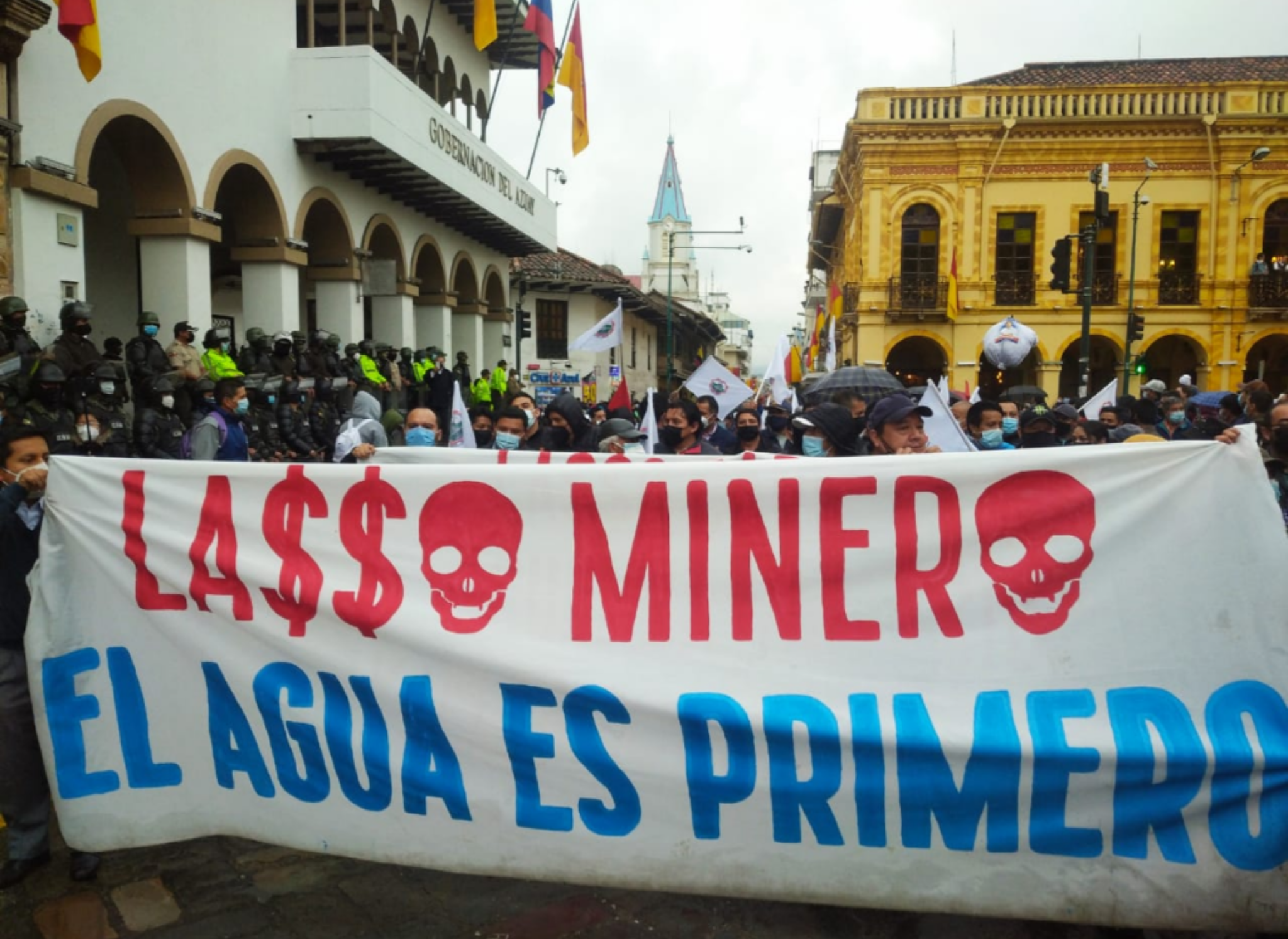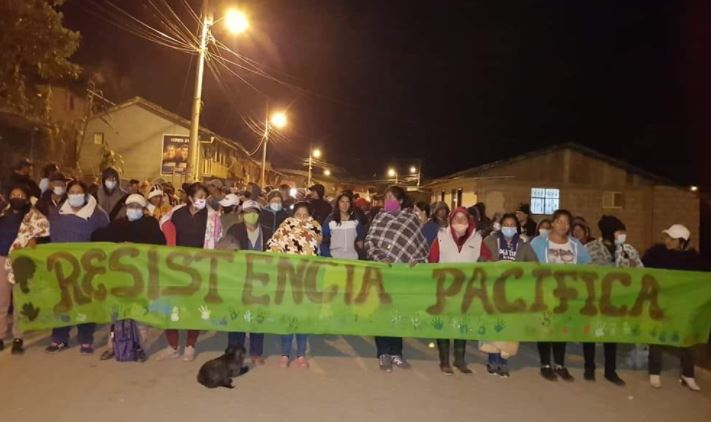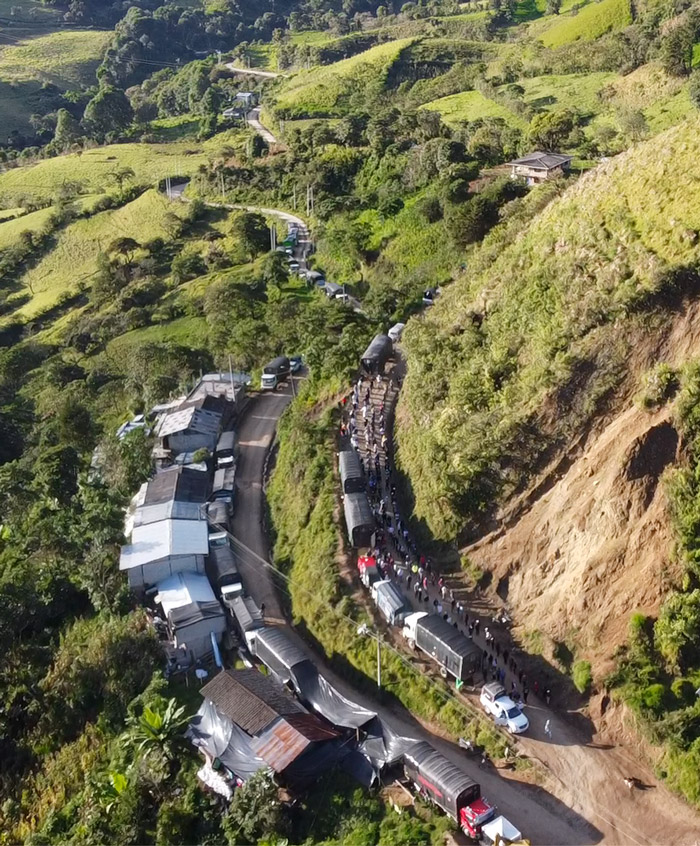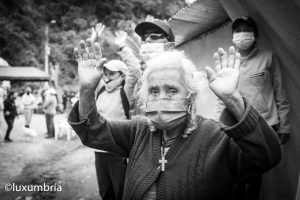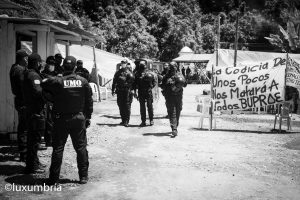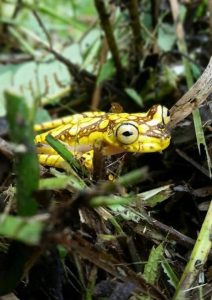New study shows Solgold's proposed Cascabel mine in Ecuador will cause untold environmental harm
Mining expert Steven H Emerman recommends Solgold abandon Cascabel project and regulatory agencies should not approve the mine after new report shows massive financial and environmental risks at proposed Cascabel site.

The areas highlighted red on this map are largely Australian controlled mining concession areas in northern Ecuador. The Cascabel mine is located approximately 100km north of Ecuador's capital city, Quito. The planned tailings dump is proposed to be located approximately 60km north east of Cascabel. Two pipelines are planned to pipe heavy and fine tailings to the waste dump area.
A proposed "block caving" gold and copper mine proposed by Australian mining exploration company Solgold, will most likely cause untold environmental harm to the region, Emerson shows. Solgold have been working in Ecuador for over a decade and the Cascabel* mine is their flagship operation in the country. The Cascabel mine, if operational could also lead to more mines in northern Ecuador. Cascabel tenements are surrounded by Hanrine concessions - owned by Australia's richest woman, Gina Rinehart.
Mining expert Steven H Emerman's detailed report raises some key issues regarding Cascabel, some of which include revelations that concentrate produced at Cascabel will be processed on site and then transported 150km-200km to the Port of Esmereldas and then on to undefined refining facilities. Previous reports by Rainforest Action Group have highlighted the security risks in this region. The report also reveals that the substantial deposits of gold, silver and copper at Cascabel are very low grade meaning that 469 million tonnes of rougher tailings and 60 million tonnes of finer mining tailings will be created by the Alpala mine and that the costs of the tailings management have been greatly underestimated. Tailings are the waste rock left behind after gold and other precious substances are extracted. They include high levels of arsenic, cadmium and other heavy metals and toxic substances. See Rainforest Action Group report on Tailing dams for more.

The Cadia mine in New South Wales near Orange shows the approximate size of 3km width tailings dam crest length. This tailings dam wall collapsed in 2018. The scars of the collapse can be seen just above centre left of image. In regards to the Solgold Cascabel proposal, "Thus, the mining company, its investors, the regulatory agencies, and the affected communities have not been provided with any knowledge as to what may actually happen after the failure of the tailings dam. Image credit: Google Earth
Tailings Dams
In Solgold's Pre-Feasilibility Study four preferred options for managing the tailings include the most preferred option which is the construction of two separate 57km long pipelines that will transport cleaner and rougher tailings to two unspecified sites on the coastal plains north west of Cascabel. Estimations for the costs of these options have been understated. No explanation has been given as to why the coastal plains location was chosen. Emerman writes "Considering that cost was a factor in the choice of the tailings management plan, the underestimation of the cost of tailings management comes as a great surprise".
Two of the other possible sitings for the tailings dams would be within the Cascabel concession itself. These two options would mean the construction of tailings dams over 200 metres in height and with dam crest lengths of over 1km. The two coastal plains options would require tailings dams with heights of 190 and 132 metres with final dam crest lengths of 3.3 and 4.6km.
SolGold's Pre-Feasibility study also does not analyse the consequences of tailings dam failure. There have been 2 to 5 major tailings dam failures around the world each year over the past 30 years. This raises real concerns about and what happens to the tailings dam after the mine is exhausted in 2050.
“The level of engineering complete for a TSF [Tailing Storage Facility] is greater than the level of engineering required for the rest of a mining project to support permitting requirements” (Henderson and Morrison, 2022)
Emerman states, 'The Pre-Feasibility Study recognizes community concerns regarding the open pit and the tailings storage facility as significant risk factors. The proposed action is 'Do not publish the location of any controversial infrastructure (e.g. Tailings, Open Pit),' although it is difficult to understand how such information could be kept secret."
This statement raises serious concerns that communities near the mine and tailings dumps have not been adequately consulted or given the opportunity to provide free and informed consent, as is their legal right. Why the secrecy?
Acidification of mining materials occurs when oxygen and water react to sulfide minerals to have been mined. This chemical reaction converts the sulfides to sulfuric acid. Acid mine drainage of this material is disastrous to waterways. Solgold propose to cover their tailings dams with a permanent water cover to lessen possibility of acidification of the cleaner tailings. This practice is no longer consistent with best industry practice as the water can have a detrimental impact on the physical stability of the tailings dam.
Solgold believe that only the 60 million tonnes and finer grade tailings will generate acidification but Emerman refutes this claim in his report, referring to the SME Tailings Management Handbook which says "Where tailings subaqueous disposal is employed behind constructed dams, the dam safety liability associated with maintaining the tailings in a flooded condition also remains … A dam that retains a large water pond is inherently less safe than an embankment that does not. There are no case records of impoundments designed for perpetual submergence behind constructed dams that have been perpetually submerged. So, there is no demonstrated precedent for the legacy of permanent submergence being constructed today. We have only just started the clock” (Andrews et al., 2022).

View looking east towards the location of where the 529 million tonnes of mining tailings are proposed be located (marked in red, 50km from the ocean) - Colombian/Ecuadorian border in yellow. The tailings dam would be between 3-4 km in width and between 130-190 metres high. It is proposed to be located somewhere near the Rio Cachavi River which flows west into the Rio Tulubi, Rio Santiago and Rio Cayapas Rivers and then into the Pacific Ocean. None of the authors of the Pre-Feasibility study visited the site of the proposal Coastal Plains Tailings Dam site. What consultation is Solgold and the Ecuadorian Government doing with communities located nearby and downstream. The Rio Santiago/Rio Cayapas also take in the southern sections of the Mangroves Ecological Reserve Cayapas-Mataje
Two Tailings Pipelines
In the Pre-Feasibility there is no discussion about the possibility of pipeline failure. The two 57km pipelines have to cross four major rivers and numerous tributaries and there is no discussion of the exact pipeline route in the Pre-Feasibility proposal. Emerman suggests that failures of tailings pipelines will occur every year over the 28 years of the project. The Emerman report provides a database of 61 tailings pipeline failings, which has not been previously published. The pipelines will also require construction and maintenance of emergency ponds and leak detection systems.
There is also no discussion in the Pre-Feasibility study of excess water used in the pipelines which will most likely have to be discharged into local waterways near the tailings dam, or the costs of maintaining and eventual closure of the tailings dams. An estimated cost for the tailings dams is put at $267 million.. Operating costs of the tailings facility have also been underestimated by significant amounts.
Other concerns include the fact that there is currently no electricity at the proposed mine site. Proposed works have been woefully understated with multiple hydroelectric projects required to built to provide power to the mine. The low ore quality at Cascabel means that the entire ore body still has be crushed. It is suggested that Cascabel will require around 91MW.
Cascabel's power needs would consume all the entire output of the only two planned hydroelectric projects, Miravalle and Arenal, located near Cascabel and the Pre-Feasilibility study does not include any costings of new hydroelectric plant construction or operation. Miravalle and Arenal have a combined estimated cost of $283 million to generate 90MW. It is unlikely that the Government of Ecuador will support the idea that Cascabel would be the sole user of all the power generated by these yet to be built plants.
The Pre-Feasibility Study also states that "Multiple hydroelectric projects are currently in the advanced planning stage, with a total capacity of 200 MW having been identified in the local area. The Project plans to participate in these projects and secure the supply of power from them" yet Solgold provide no costings estimates for these plans.
Ecuador is home to some of the most diverse forests in the world. The proposed Cascabel mine will impact on local flora and fauna species, as will a planned tailings dump located approximately 60 km north east of the mine site. Two 57km pipelines are also bound to cause environmental problems.
In conclusion Emerman recommends that the Solgold should abandon the project and that investors should decline to invest in the project and that regulatory agencies should not approve the mine.
This article was first published by Friends of the Earth

A closer view of the mining tenements in the region. Hanrine tenements are owned by Gina Rinehart. Hanrine tenements south of Cascabel have already caused many problems including illegal mining and military interventions.

